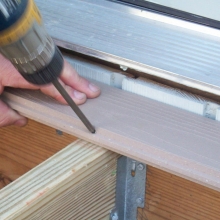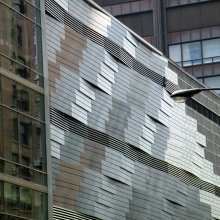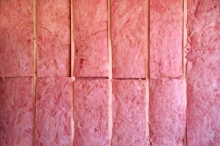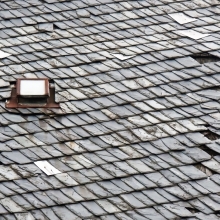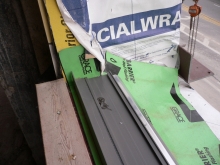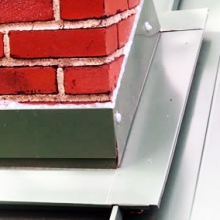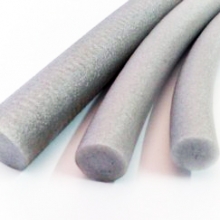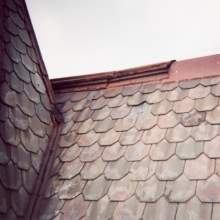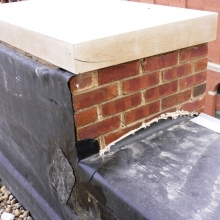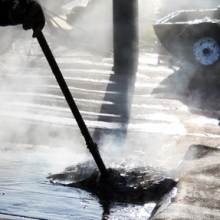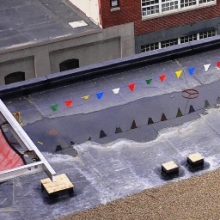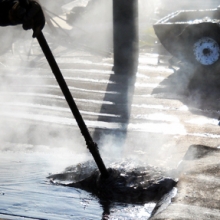Plastic Siding
This topic includes information related to plastic siding installed during construction. Plastic siding is commonly referred to as vinyl siding, an exterior cladding material, manufactured from polyvinyl chloride (PVC). Due in part to it's low cost as compared with other siding materials, vinyl siding is the most common siding product used on residential structures. Available in a variety of colors and textures, plastic siding is a versatile, durable and easy to maintain material.
